At the program "Discovering Vietnam's indigenous resources: When grass leaves turn into "green gold" on the world's shelves" organized by the Association of High-Quality Vietnamese Goods Enterprises, the Center for Business Research and Support (BSA) and the project High-Quality Vietnamese Goods with Integration Standards (BSAS) on August 24, businesses shared valuable "real-life" experiences.
Stick to the "trend", constantly innovate
Ms. Tran Hoang Phu Xuan - founder of Fashion Connection Joint Stock Company (Faslink), Vice President of the Ho Chi Minh City Textile and Apparel Association - said that the fast fashion industry has an oversupply of 30%-40% and is the second largest polluter in the world. Therefore, Faslink proactively develops sustainable fashion, although this is a difficult path because the products are often expensive. Not to mention, if you only rely on the sustainability of the product for marketing, it is not enough to attract consumers.
"When we tested the product made from pandan leaf fibers, we were surprised by the outstanding feature of natural antibacterial properties. This is what makes consumers willing to pay high prices for products," Ms. Xuan shared her experience.
According to the Ministry of Agriculture and Environment , Vietnam's pineapple growing area is currently about 52,000 hectares, and is expected to increase to 55,000 - 60,000 hectares by 2030 due to the open import market. As a result, the source of pineapple leaves for textiles is quite abundant, meeting the localization needs of this industry under new competitive pressure. However, most textile and garment enterprises are still processing at low value, and many enterprises are afraid to change.
"Through trade promotion, we can see that Vietnamese enterprises are very weak and lack investment to reach out to the world. Only by doing research and development (R&D) can products have good prices, from which we can reinvest in raw material areas" - Ms. Xuan suggested.
Mr. Lai Tri Moc, General Director of Vietnam Housewares Joint Stock Company, said that the grass has a strong vitality and is a good and cheap material for handicraft production enterprises while farmers also have more income instead of just throwing it away, causing waste. "We have just sold a batch of household goods made of grass that have been in storage for 3 years now and the quality is still good, not discolored or moldy like other materials" - Mr. Moc revealed.
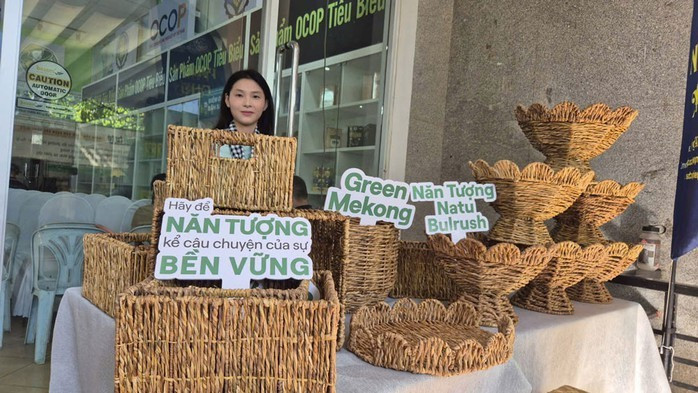
The General Director of Vietnam Housewares concluded that the experience of bringing products to the international market is to follow the "trend" and constantly change the design. Simply changing the design details up or down, adding decorative bows, curves... will greatly affect the purchasing decisions of consumers. "Many traditional craft villages have been lost because they have not changed their products for many years, so they cannot sell their products" - Mr. Moc cited.
According to Mr. Do Dang Khoa, founder of Green is Gold Company Limited (Lang Muop brand), with only loofah fiber as raw material, every day, this company can tell a story to customers about its applications to replace plastic materials. "For loofah fiber dishwashing sponges alone, we have 30 models for customers to choose from. Today's consumers choose products not only because of their functionality but also because of the green - clean - beautiful factors" - Mr. Khoa cited.
Lang Muop has also just opened a livestream sales channel and reached the maximum number of orders allowed by the e-commerce platform in the first phase, which is 200 orders/day.
Great potential but need breakthrough
According to the Department of Economic Cooperation and Rural Development - Ministry of Agriculture and Environment, each year Vietnam has about 156 million tons of agricultural by-products including straw, rice husks, bagasse... Of which, only 10% -35% is used for production, the rest is released into the environment causing pollution.
Although there are currently many initiatives to use agricultural waste, the applications are still small and fragmented, unable to form a trend, create a large market or create a chain of circular economy products. Aiming to achieve carbon neutrality by 2050 (Net Zero), Vietnam aims to increase the recycling and reuse rate of agricultural by-products to 70% by 2030 in key areas such as rice, coffee, livestock, etc.
Speaking to reporters of the Lao Dong Newspaper, Ms. Vu Kim Hanh, Chairwoman of the Association of High-Quality Vietnamese Goods Enterprises, frankly pointed out the weakness in developing products from agricultural by-products, which is the commercialization stage. Ms. Kim Hanh cited: 5 years ago, there was a unit that made pandan leaf fiber but it was not successful because it could not connect the post-production stages. Scientists have shown that the cattail plant can be used to produce handicrafts since 2002, but it was only later that it was promoted.
"Previously, agricultural by-product products were only used for testing or small-scale souvenir production. Many by-products were once considered "garbage", but now they have become raw materials and accessories for a number of new industries thanks to technological developments," said Ms. Kim Hanh.
According to the Chairman of the Association of High-Quality Vietnamese Goods Enterprises, enterprises wishing to exploit these new "gold mines" need to have a systematic investment in many stages - from designing new, modern products, attracting customers with competitive prices to developing and maintaining stable sources of raw materials, without causing interruption. At the same time, it is necessary to shift from researching new products to actual business, selling products to large markets, bringing added value and paying fair wages to people in raw material areas to maintain sustainability.
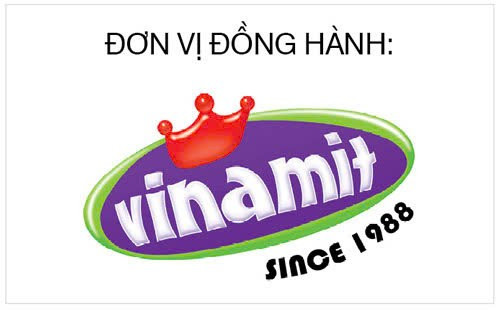
According to Article and photos: NGOC ANH (NLDO)
Source: https://baogialai.com.vn/danh-thuc-tai-nguyen-ban-dia-post564692.html



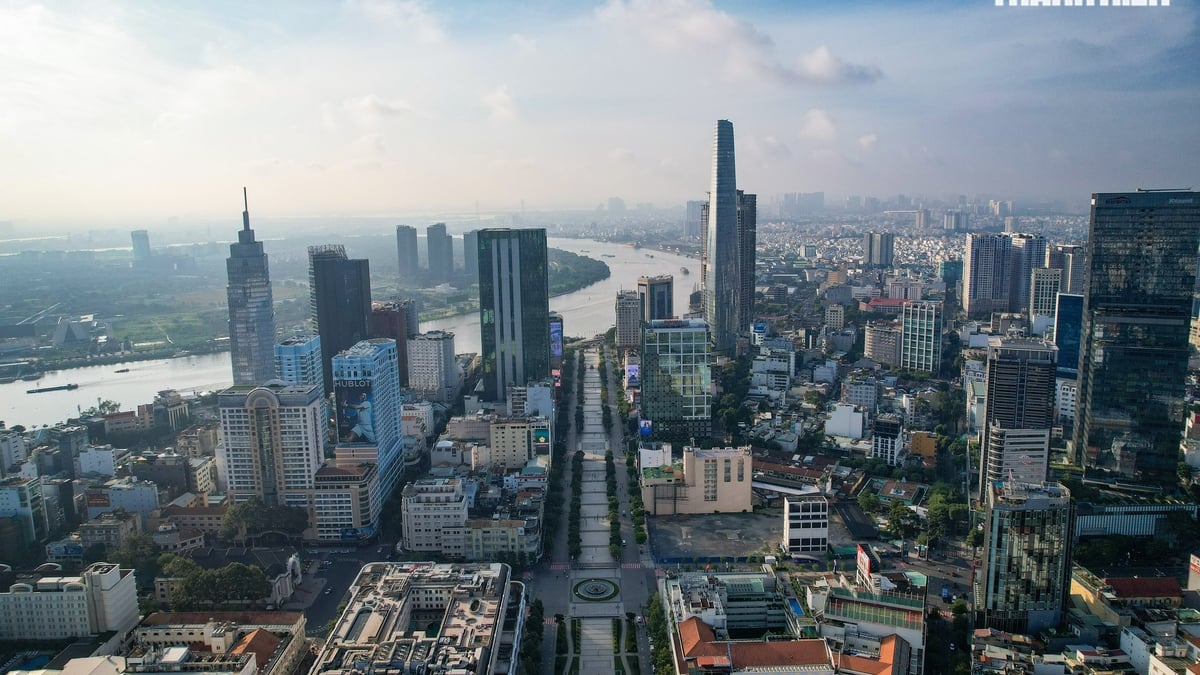
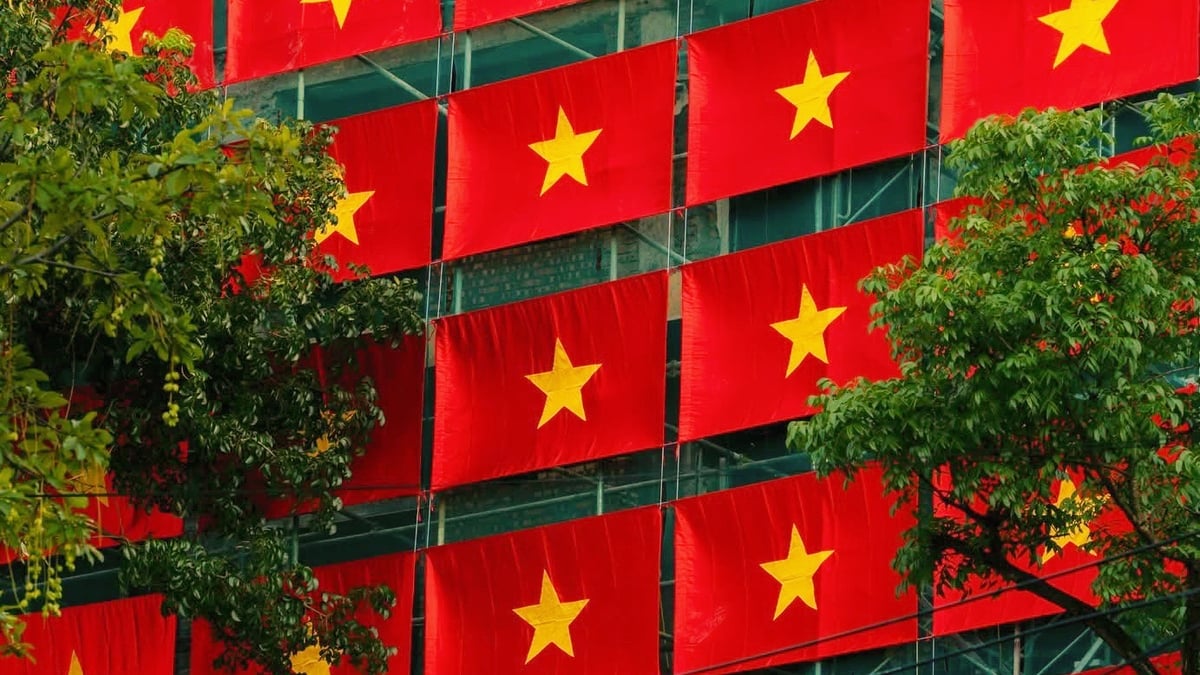
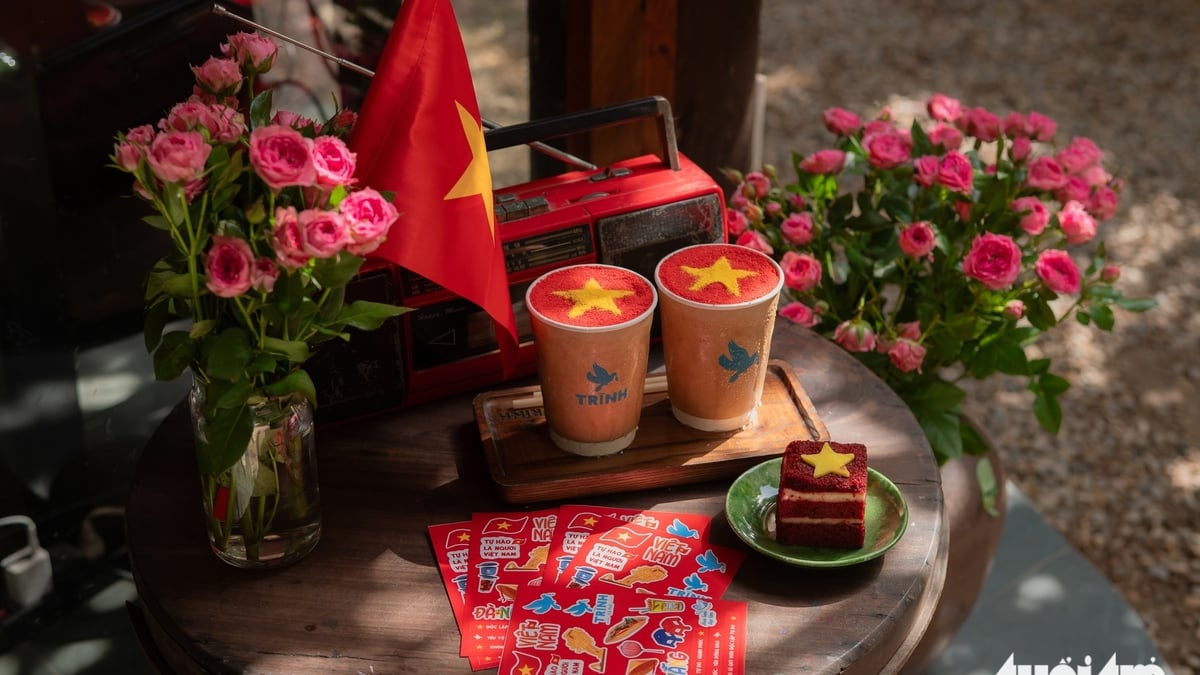
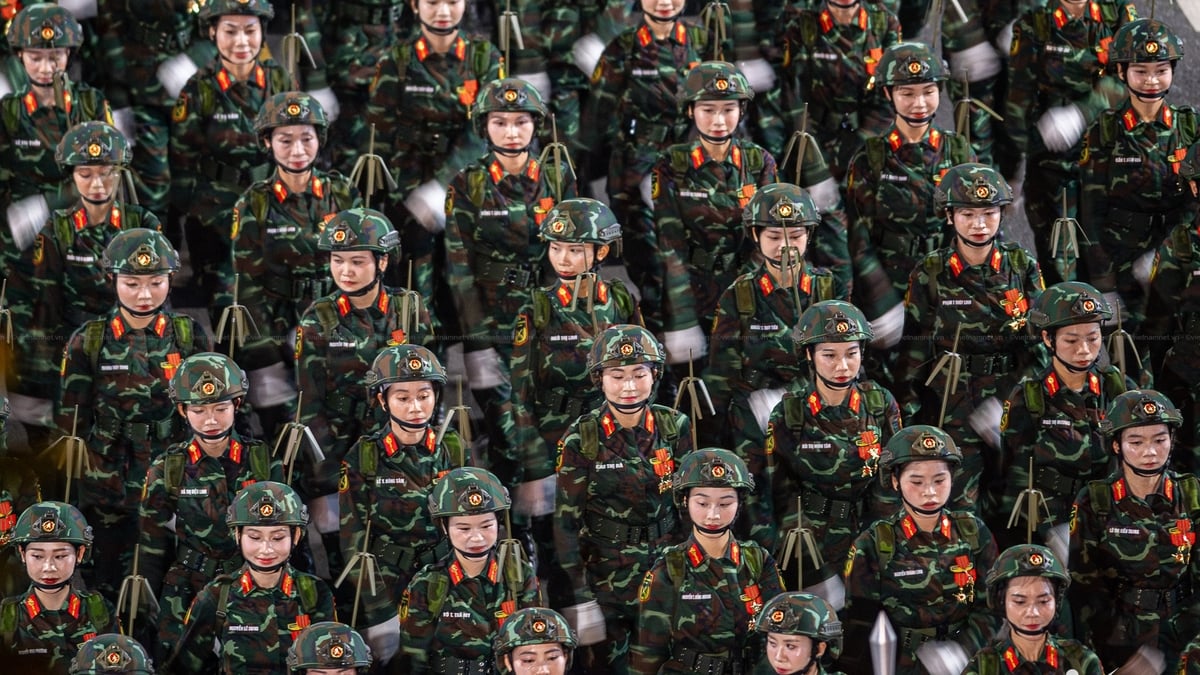
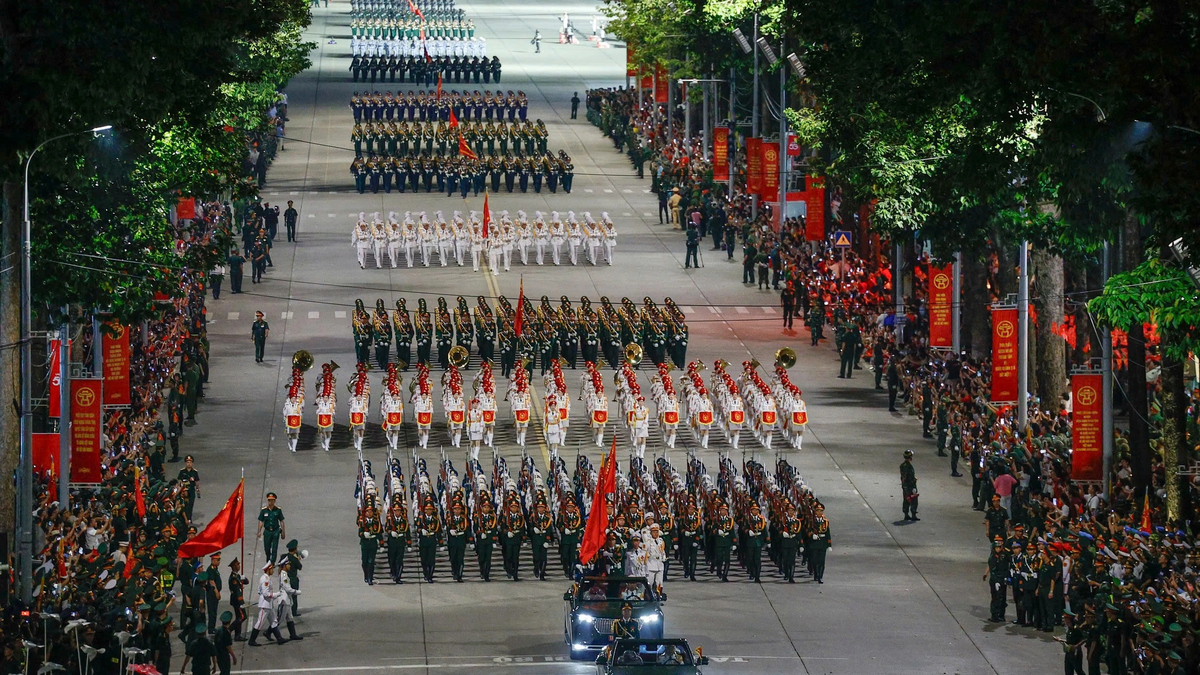
![[Photo] General Secretary To Lam attends the 80th anniversary of Vietnam's diplomacy](https://vphoto.vietnam.vn/thumb/1200x675/vietnam/resource/IMAGE/2025/8/25/3dc715efdbf74937b6fe8072bac5cb30)

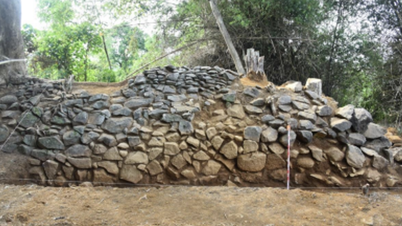

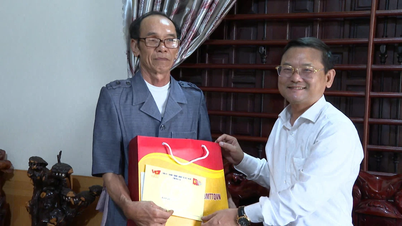
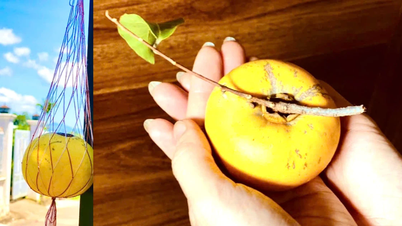
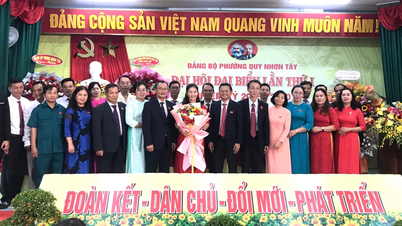
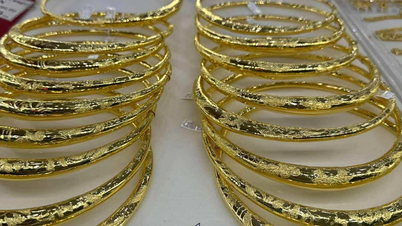


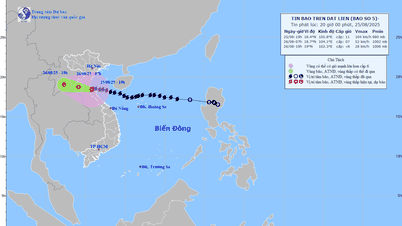

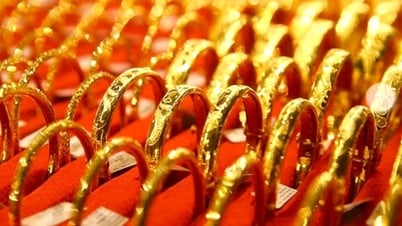

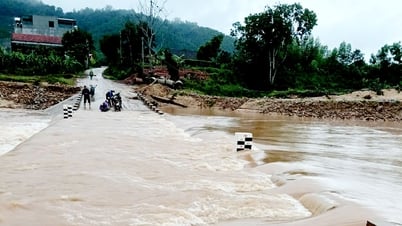

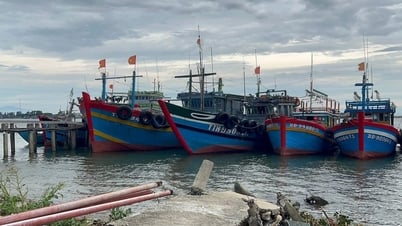

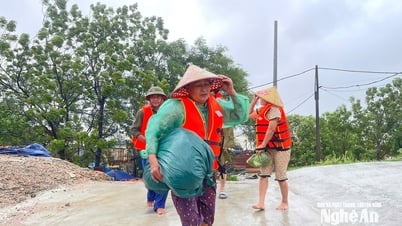




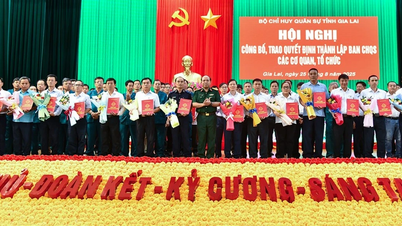
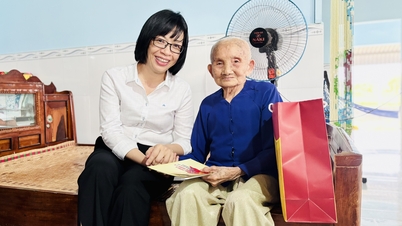
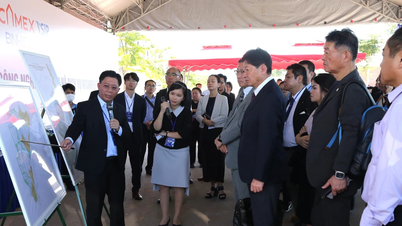
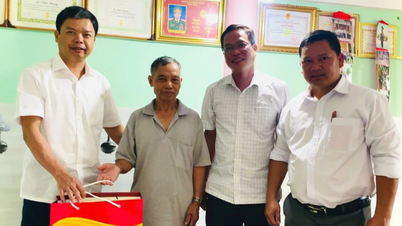
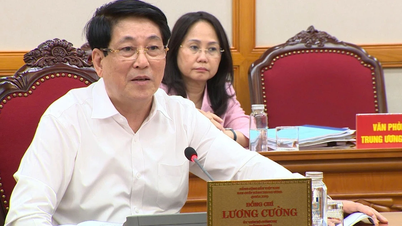
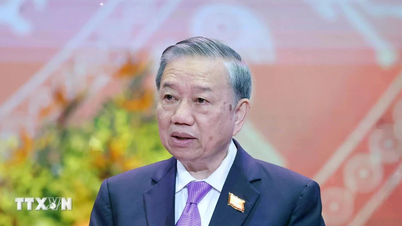
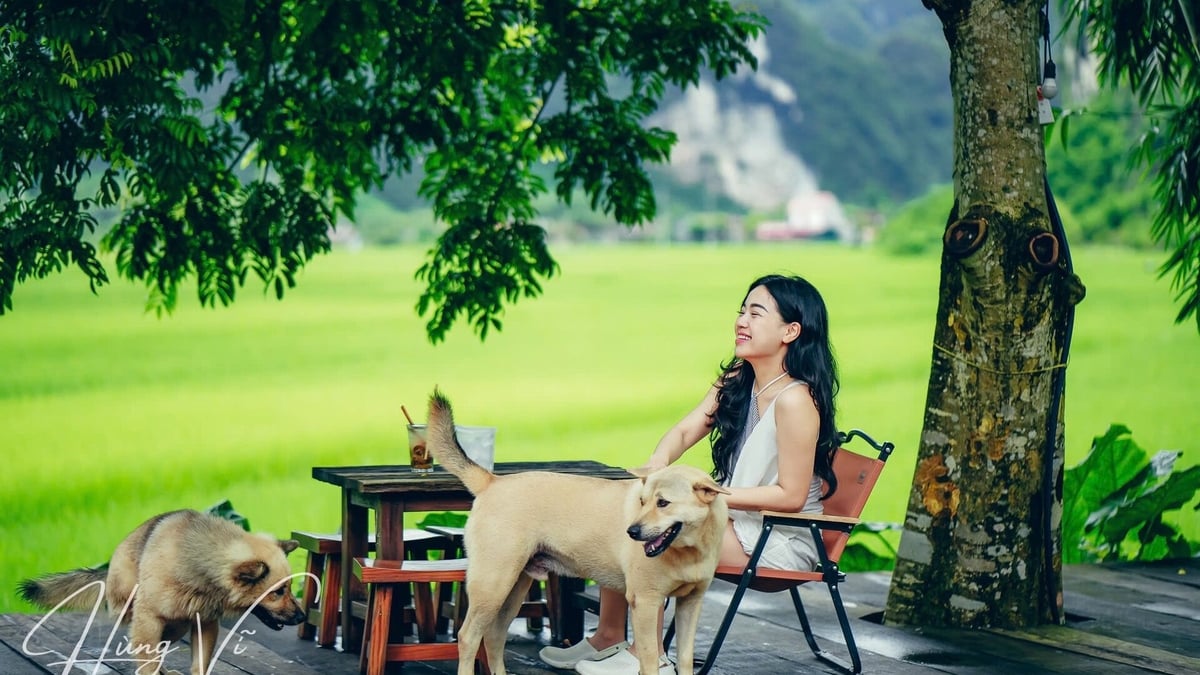



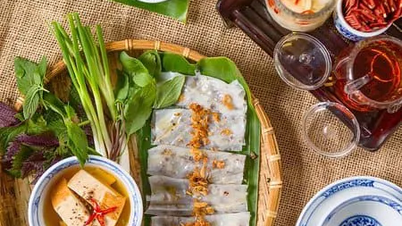

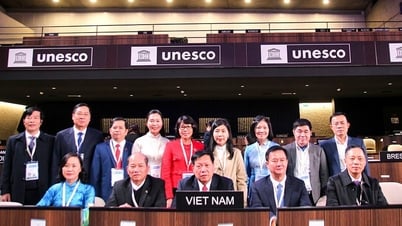

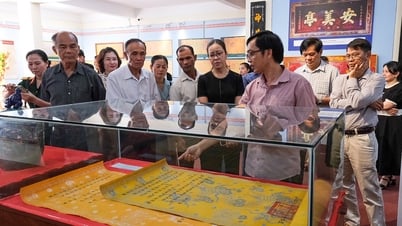
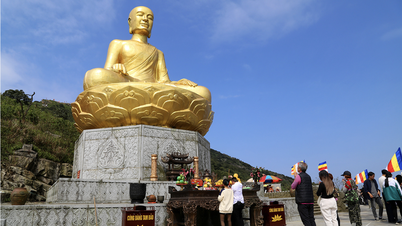

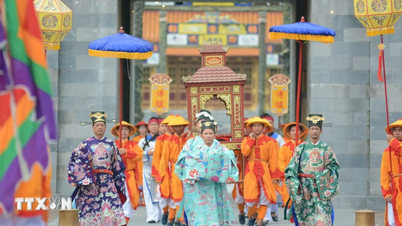

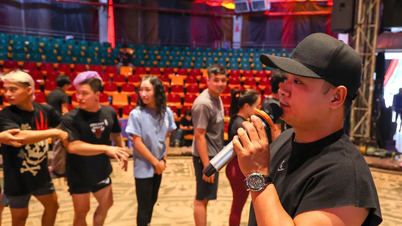

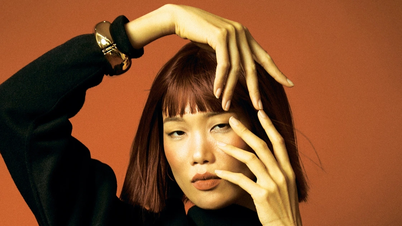


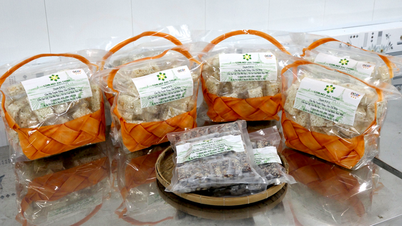

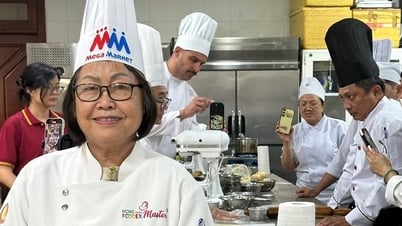
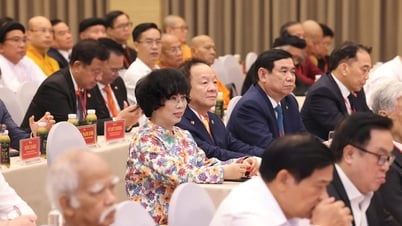

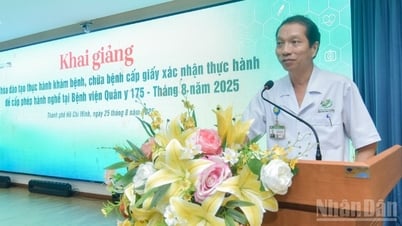

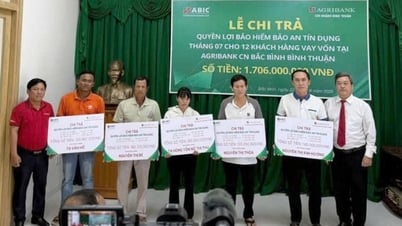


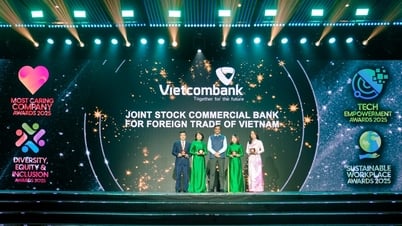
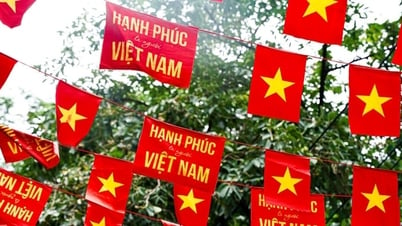

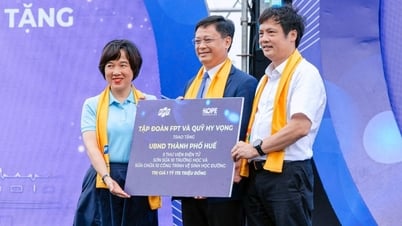

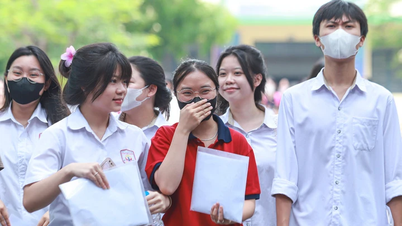


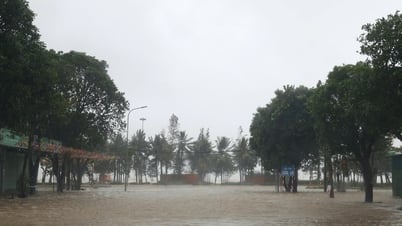


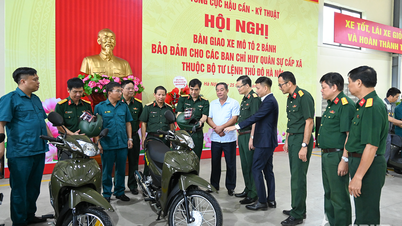
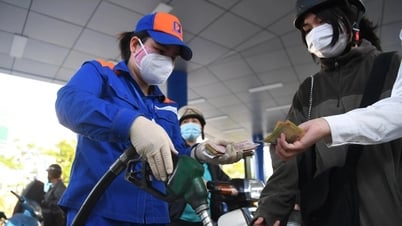
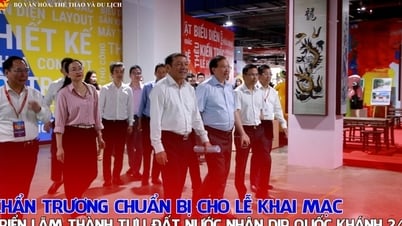

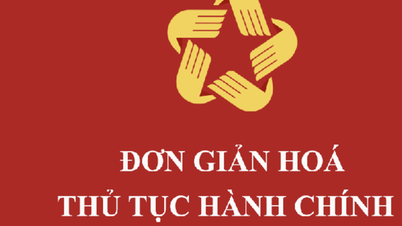
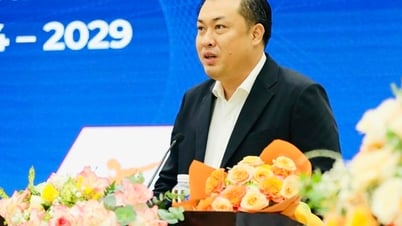

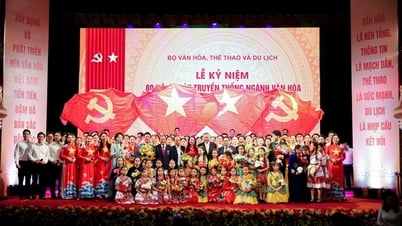
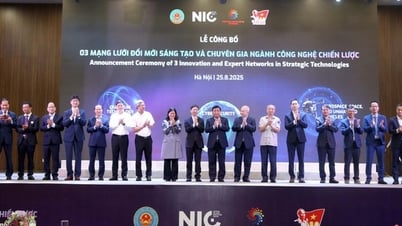

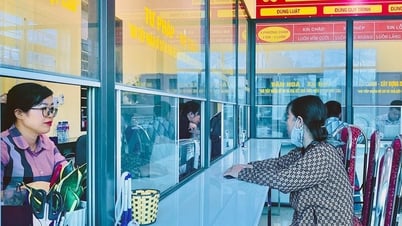

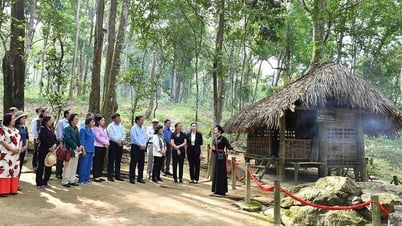
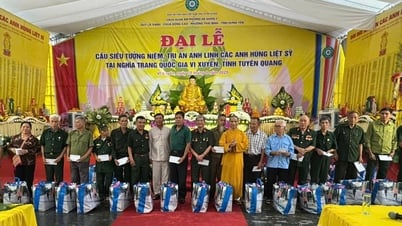
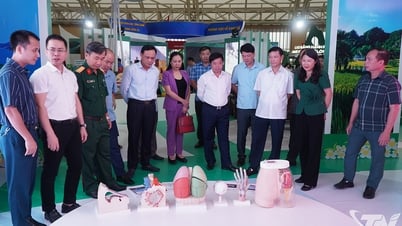



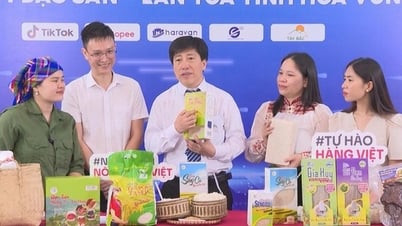


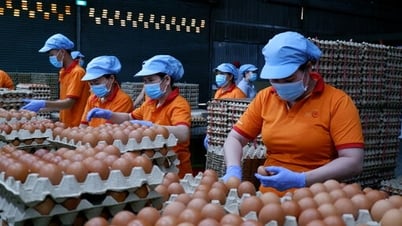

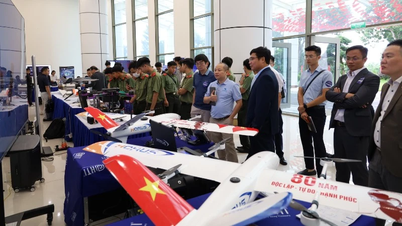


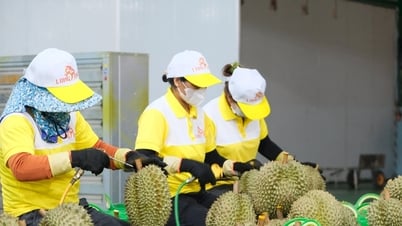




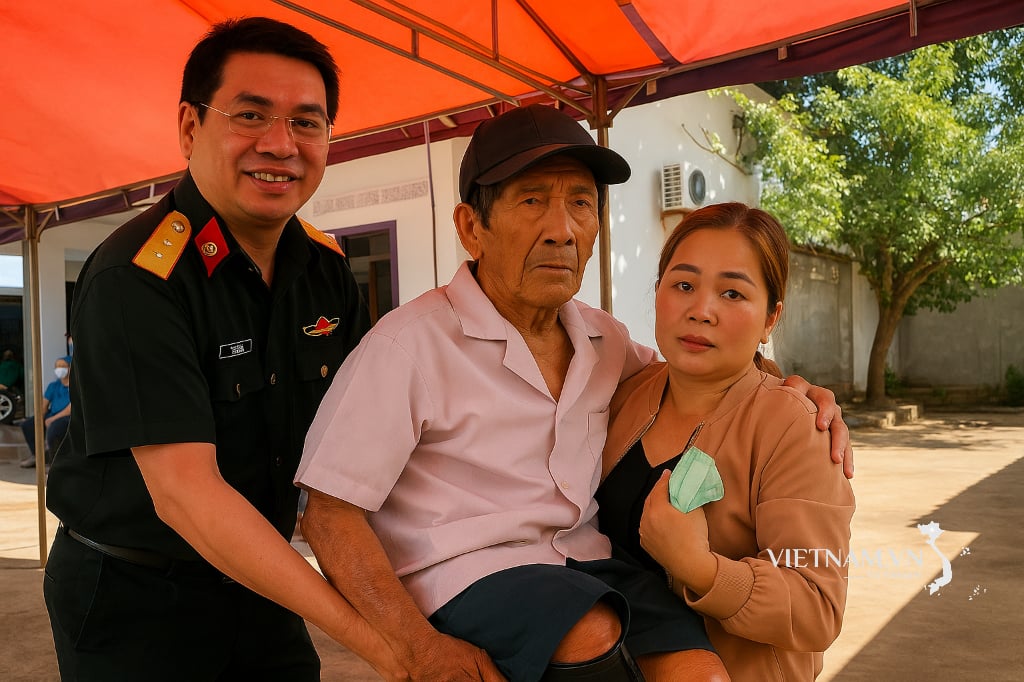
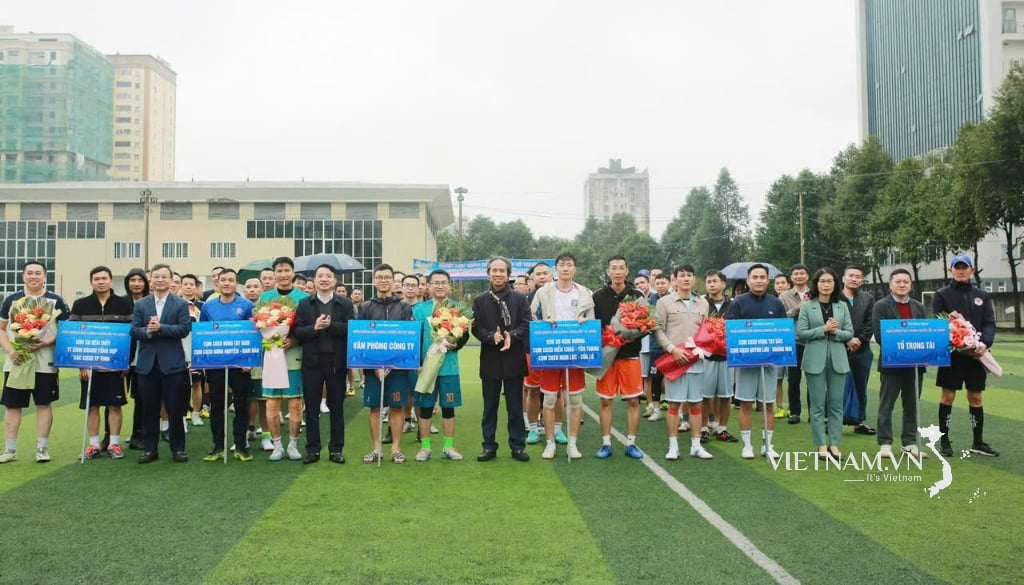
Comment (0)